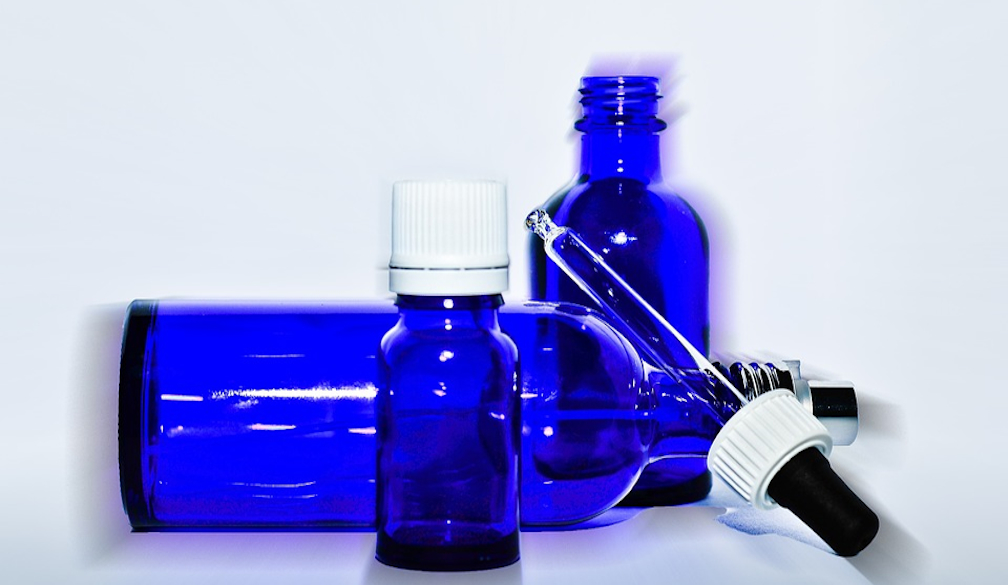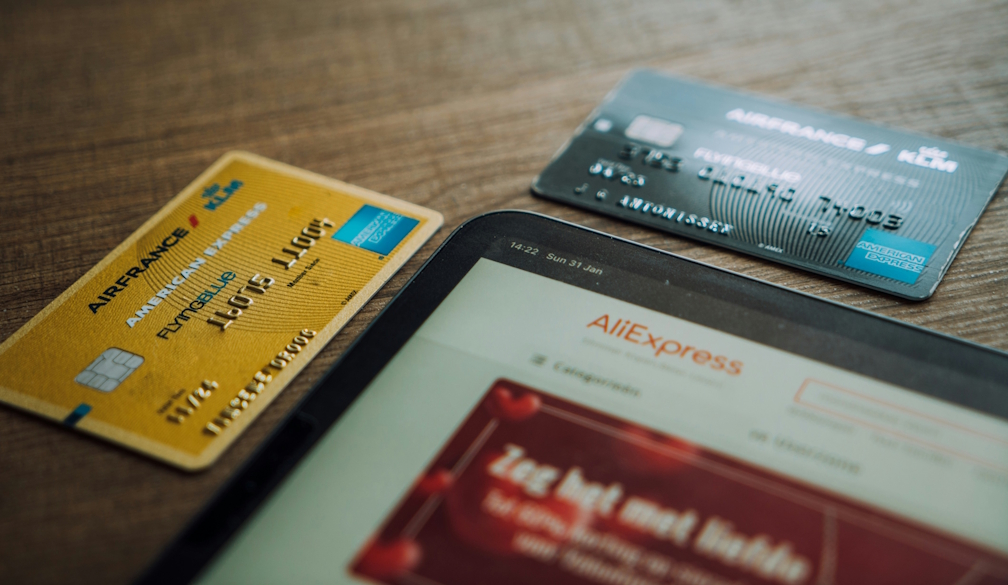The History of Syrup Bottle Design: From Traditional to Innovative

Introduction
The world of packaging is constantly evolving, and the evolution of syrup bottle design is a perfect example of this. From traditional glass bottles to the latest innovations like biophotonic glass, each design has its own story and advantages. In this article, we delve into the history of syrup bottle design and explore how they have developed to better meet the needs of both producers and consumers.
Traditional Syrup Bottle Designs
The first syrup bottle designs were simple and functional. They were usually made of glass, a material that has been used for centuries due to its inertness and ability to preserve the taste and quality of the contents. These bottles often had a simple cylindrical shape with a cork or metal cap to keep the syrup fresh.
The Beginning of Glass Packaging
Glass packaging first became popular in the 19th century when mass production of glass became possible. This made it easier and cheaper for producers to package and distribute their products. Glass bottles also offered a certain degree of transparency, allowing consumers to see the quality of the syrup before purchasing it.
The Rise of Plastic
In the second half of the 20th century, plastic began to dominate the market. Plastic bottles were lighter, cheaper, and less breakable than their glass counterparts. This made them particularly attractive to both producers and consumers. However, the drawbacks of plastic, such as its environmental impact and potential health risks, soon became apparent.
Environmental Impact of Plastic
Plastic bottles contribute significantly to global plastic pollution. They are difficult to recycle and do not break down easily, leading to an accumulation of plastic waste in our oceans and landfills. This has led to a growing demand for more sustainable packaging solutions.
Innovations in Syrup Bottle Design
The search for more sustainable and effective packaging solutions has led to several innovations in syrup bottle design. One of the most notable developments in recent years is the introduction of biophotonic glass.
What is Biophotonic Glass?
Biophotonic glass is a special type of glass designed to improve the shelf life and quality of natural products. The glass filters out harmful light while allowing beneficial light to pass through, helping to preserve the biological activity of the contents. This makes it particularly suitable for packaging natural products like syrup.
The Role of Violet Glass Bottles in Sustainable Packaging
In addition to biophotonic glass, another exciting innovation in the packaging world is violet glass bottles. Violet glass offers similar benefits to biophotonic glass, providing protection from harmful light while allowing beneficial light to pass through. This unique characteristic is especially important for preserving the quality of light-sensitive products, such as syrups, essential oils, and even certain beverages.
Violet glass bottles have gained popularity due to their ability to block out the harmful effects of UV and blue light. This helps prevent degradation of sensitive ingredients and extends the shelf life of products. Unlike traditional clear or amber glass, violet glass bottles are specifically designed to offer superior light-blocking properties, making them an ideal choice for packaging natural and organic products.
Furthermore, violet glass has a premium and luxurious appearance, adding value to products and giving them a high-end look. Many brands have embraced this aesthetic, using violet glass bottles to enhance the appeal of their offerings and attract eco-conscious consumers.









